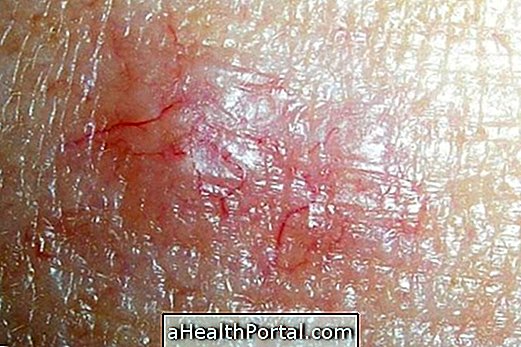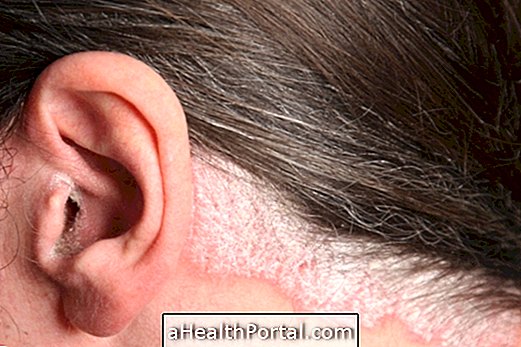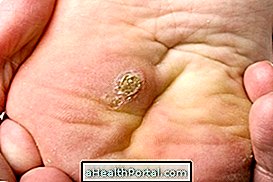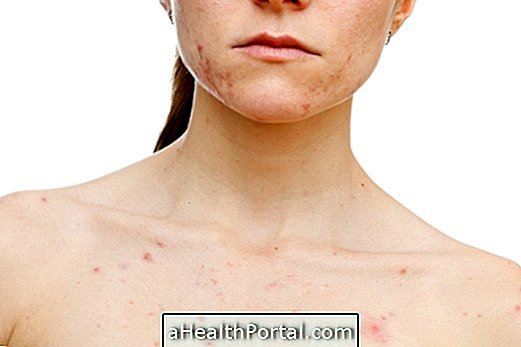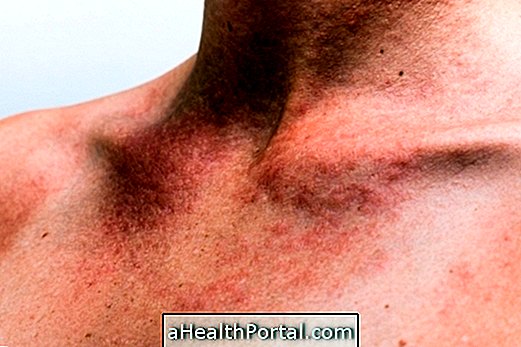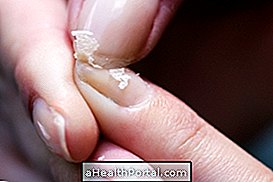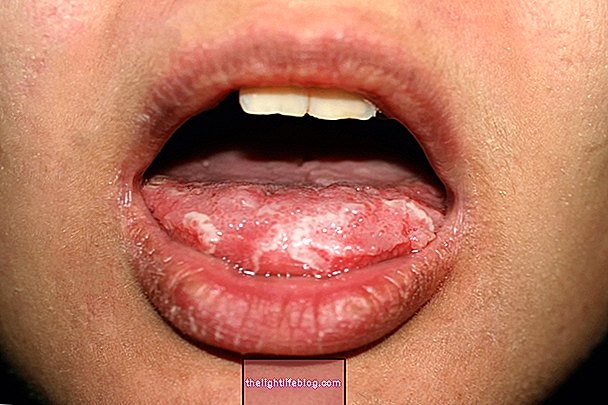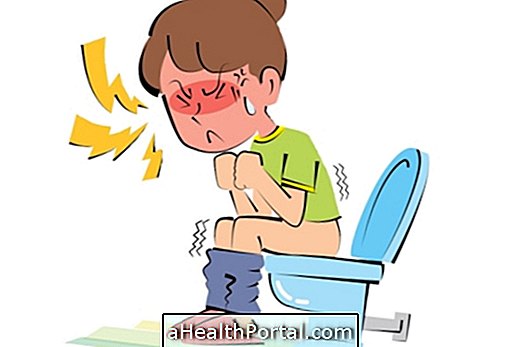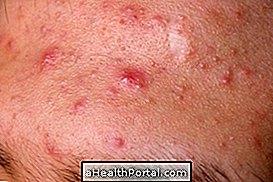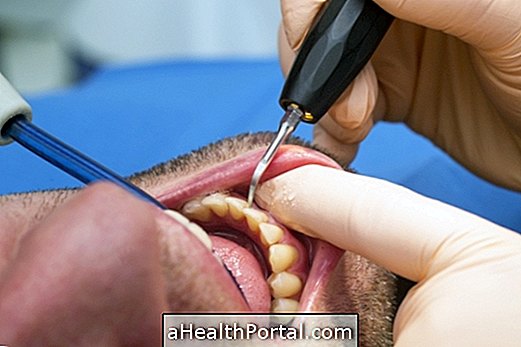Gilbert's pityriasis rosea is a skin disease that causes the appearance of scaly patches of red or pink color, mainly on the trunk, which gradually appear and disappear on their own, lasting between 6 and 12 weeks.
In most cases, the appearance of a large patch with several smaller ones is common, and large ones are called mother spots. Pink pythiasis usually appears only once in a lifetime, in the spring or fall, but there are people who may have spots every year, around the same time period.
The treatment of Gilbert's pityriasis rosea should always be guided by a dermatologist and is done to relieve the symptoms, since the spots usually disappear over time without leaving a scar.
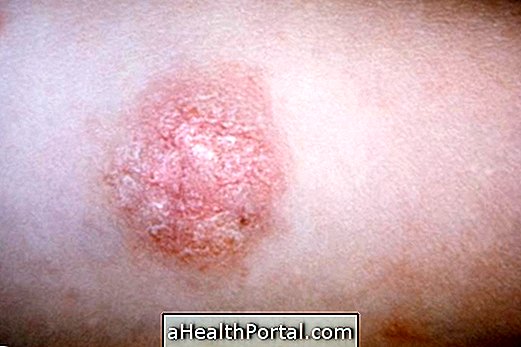
Main symptoms
The most characteristic symptom of pityriasis rosea is the appearance of a pink or red spot between 2 and 10 cm in size that is accompanied by smaller, round, and itchy spots. These smaller spots can take up to 2 days to appear.
However, there are still cases where other symptoms may arise, such as:
- Fever above 38º;
- Pain in the stomach, head and joints;
- Malaise and loss of appetite;
- Spotty, reddish spots on the skin.
These skin changes should always be observed and evaluated by a dermatologist to identify the correct problem and start the appropriate treatment, according to each case.
Check out that other skin problems can cause red spots to appear.
What causes pityriasis rosea
There is still no specific cause for the appearance of pityriasis rosea, however, it is possible that it is caused by a virus that causes a slight infection of the skin. However, this virus is no more than person-to-person, since there are no reported cases of pityriasis rosea that has taken someone else.
People who seem to have a greater tendency to develop pityriasis rosea are women, during pregnancy, under the age of 35, however, this skin disease can happen in any person and at any age.
How is the treatment done?
The pityriasis rosea usually disappears by itself after about 6 to 12 weeks, however, if there is itching or discomfort the dermatologist can recommend the treatment done with:
- Emollient creams, such as Mustela or Noreva: deeply moisturize skin, accelerating healing and soothing irritation;
- Corticosteroid creams, such as hydrocortisone or betamethasone: relieve itching and reduce swelling of the skin;
- Antiallergic remedy, such as hydroxyzine or chlorpheniramine: are mainly used when itching affects sleep;
In cases where the symptoms do not improve with these treatment options, the doctor can advise the treatment with UVB rays, in which the affected region of the skin is exposed in an apparatus in a special light.
In some people, blemishes can take more than 2 months to disappear and usually do not leave any scar or stain on the skin.

